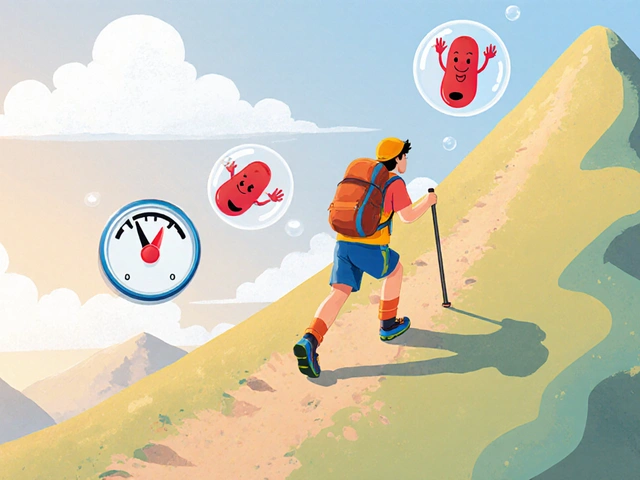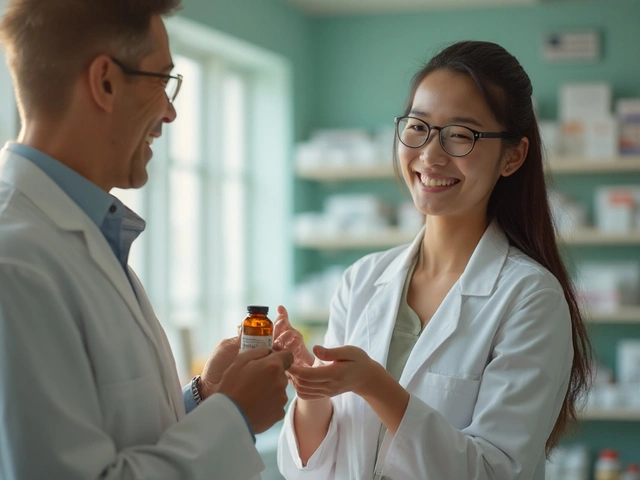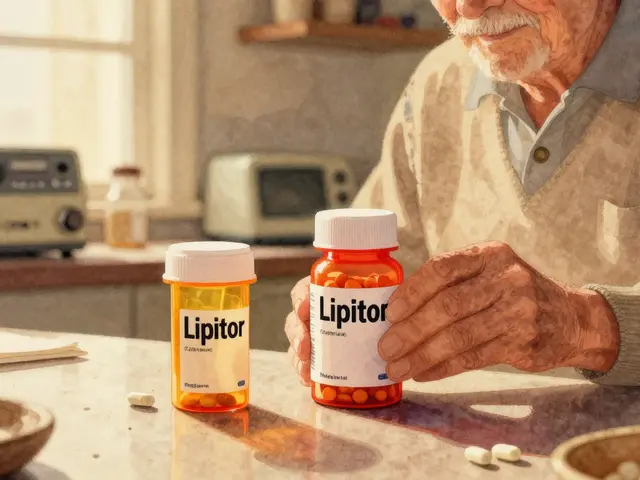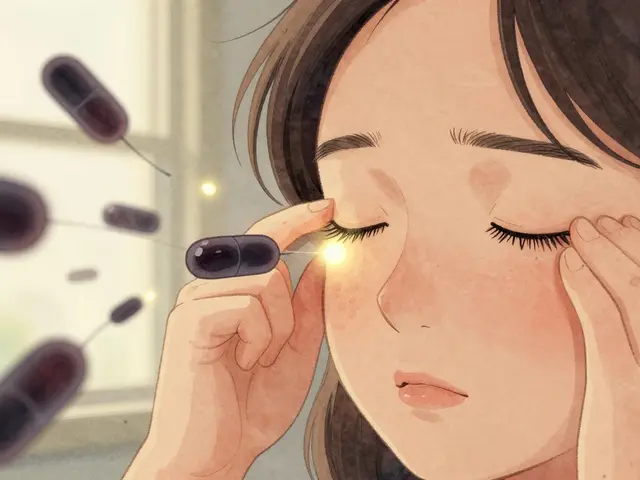
Everything You Need to Know About Hodgkin's Disease
If you or someone you know has heard the term "Hodgkin's disease," chances are there are a lot of questions swirling around. It’s a type of lymphoma that starts in your lymph nodes, but it isn’t as scary as the headlines make it sound. Below we break down what to look for, how doctors figure it out, and the options you have once you get a diagnosis.
Common Signs You Shouldn't Ignore
The first clue is usually a painless lump in your neck, armpit, or groin. These lumps feel firm but don’t hurt when touched. You might also notice fever that comes and goes, night sweats that soak your sheets, or unexplained weight loss. Some people get itchy skin—especially on the back—and a feeling of fatigue that won’t quit.
These symptoms can look like a flu or stress, which is why many people wait months before seeing a doctor. If any of these signs stick around for more than a few weeks, it’s worth getting checked out. Early detection makes treatment easier and improves outcomes.
How Doctors Diagnose Hodgkin's Disease
The first step is a physical exam to feel the swollen nodes. From there, doctors usually order imaging tests like a CT scan or PET scan to see where the disease might have spread. The gold‑standard test is a biopsy—removing a small piece of tissue from the lump and looking at it under a microscope.
Pathologists check for characteristic Reed‑Sternberg cells, which are the hallmark of Hodgkin's lymphoma. Blood tests aren’t diagnostic but can show signs of infection or anemia that often accompany the disease. Once the stage is set (I through IV), doctors can map out the best treatment plan.
Treatment has come a long way. Most patients get combination chemotherapy, sometimes followed by low‑dose radiation to shrink any remaining spots. The exact drugs depend on the stage and your overall health. For early‑stage disease, chemo alone might be enough; advanced cases often need more cycles or newer targeted therapies.
Side effects are real—nausea, hair loss, fatigue—but doctors can give medicines to manage them. Newer regimens aim to keep side effects low while staying effective. Many people finish treatment and feel back to normal within a year.
What about long‑term outlook? Survival rates are high, especially for younger patients with early detection. The five‑year survival rate in the U.S. is over 85 percent for most stages. Ongoing follow‑up appointments are crucial to catch any recurrence early and monitor heart or lung health after radiation.
Living with Hodgkin's disease also means paying attention to your lifestyle. Eating a balanced diet, staying active as you’re able, and avoiding smoking help keep your body strong during treatment. Support groups—online or in person—can give practical tips and emotional backup.
If you’re feeling overwhelmed, remember that the medical community has built solid guidelines for Hodgkin's disease, and many patients walk away with a full life ahead. Talk openly with your oncologist about any concerns, ask about clinical trials if you qualify, and keep a notebook of questions so you never miss an important detail.
Bottom line: Spotting the signs early, getting a proper biopsy, and following a personalized treatment plan give you the best shot at beating Hodgkin's disease. Stay informed, stay proactive, and lean on trusted medical advice—you’ve got this.
-
7 May






